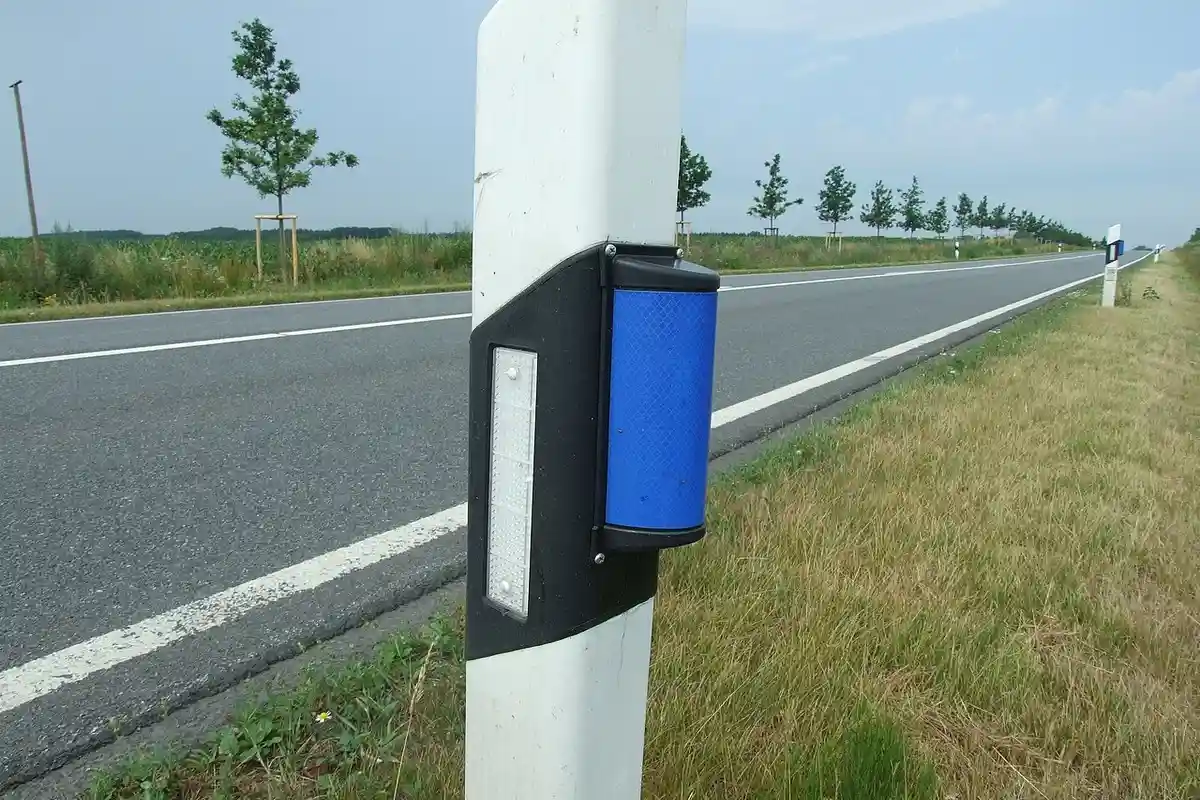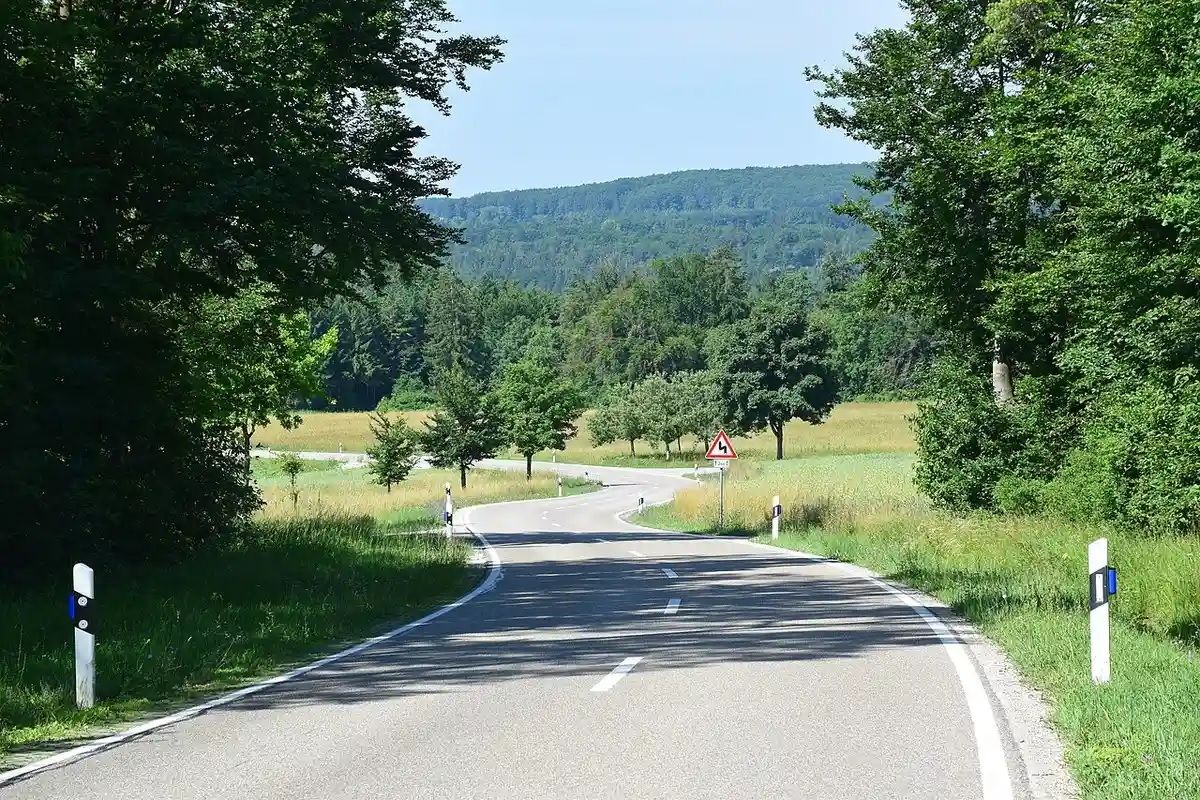The blue color on the guidepost provides important information to all road users. In fact, these posts have been stationed on German roads for over 60 years.
In the Federal Republic, signs were introduced in 1957, and later, the GDR followed suit. Previously, support posts were partially made of sheet steel or even concrete, but now they are mainly made of plastic.
Here's what the blue color on the guidepost means
On single-lane roads, the posts are placed on the left and right sides. On multi-lane roads with a divided roadway (e.g., highways), guideposts are only on the right side of each lane. The distance to the road is half a meter.
On a straight route, support posts are placed 50 meters apart. There's a reason for this.
- It helps drivers better estimate the distance to the vehicle in front and maintain the prescribed minimum distance.
- They can also improve visibility in poor weather conditions.
All boundary posts are roughly the same height, painted white, and have a black sloping surface in the upper third. However, they don't all look the same because they have specific characteristics depending on the direction of travel.

- On the left side, they show two white dots on a dark surface;
- On the right, a vertical white stripe.
These signals serve as reflectors, making the guideposts visible even in the dark.
In addition to these main characteristics, many guideposts have more markings. Blue reflectors indicate wildlife road crossings and are intended to deter them. Drivers should be especially cautious in these areas.
Blue light is invisible when the driver is behind the wheel because it is emitted outward, onto the landscape or forest.
There are also other colors.
For example, black arrows indicate the nearest emergency call box, which is located within one kilometer of the corresponding signpost.
Orange stripes denote entrances and exits on the right in the direction of travel, as well as intersections on the road.
Related topics:
The blue color on the guidepost serves as reflectors, making the posts visible even in the dark, especially on single-lane roads where they are placed on both sides. Black arrows also appear on some guideposts, indicating the nearest emergency call box, which is located within one kilometer of the corresponding signpost.








